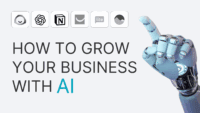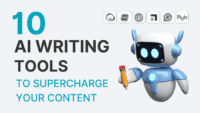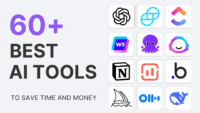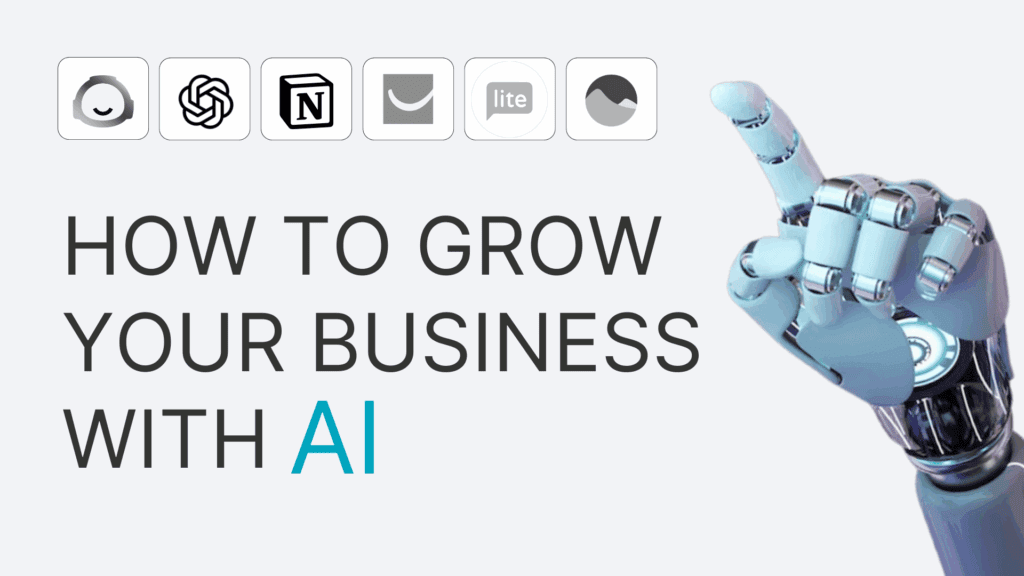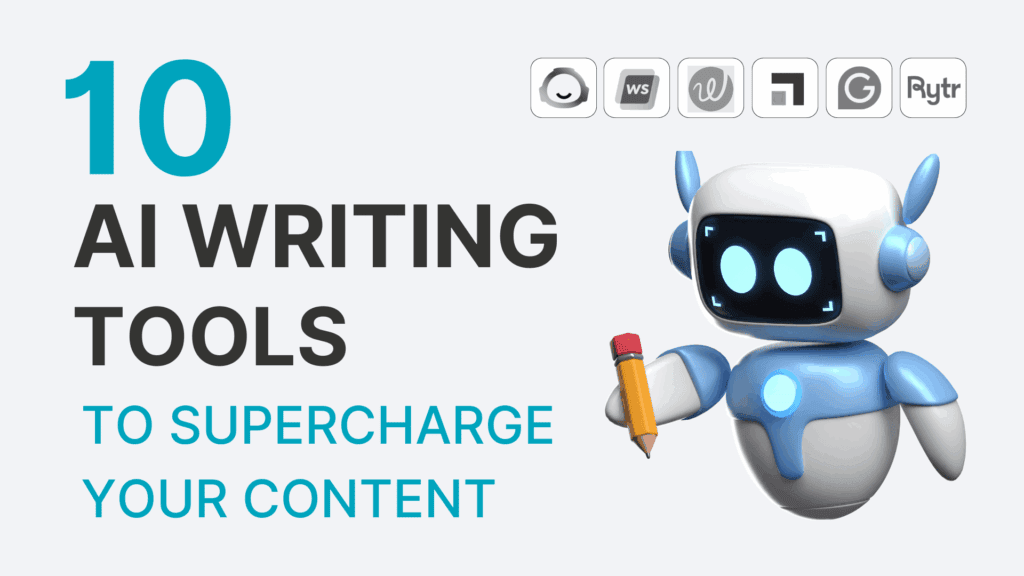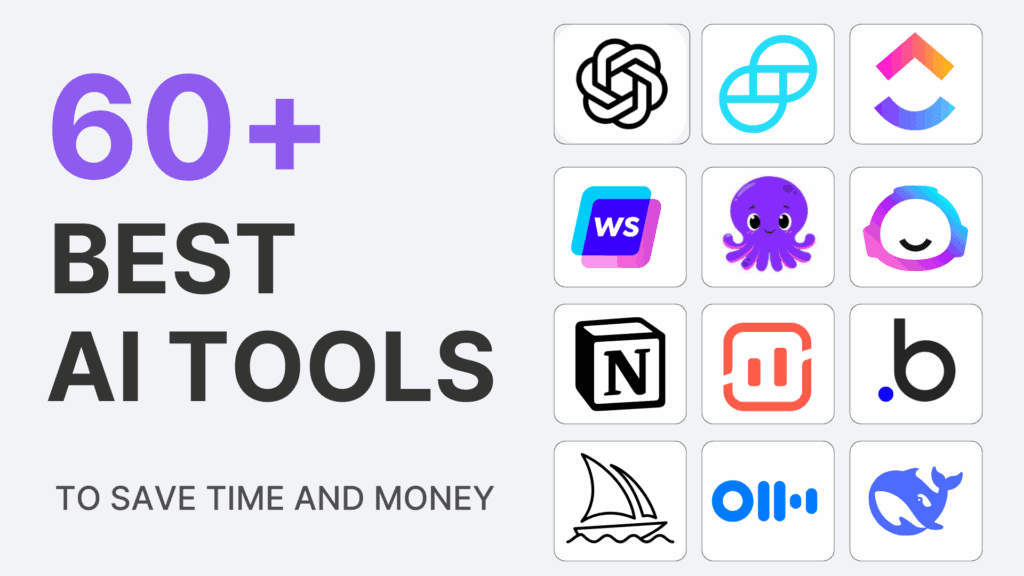Native advertising is a form of paid media that seamlessly blends with the surrounding content on a platform, making it appear as a natural and integral part of the user experience. Unlike traditional display ads, which often stand out and disrupt the flow of content, native ads are designed to match the look, feel, and context of the platform on which they appear. The goal is to provide a non-disruptive and cohesive experience for the audience while effectively conveying a promotional message.
Why is Native Advertising Important?
The importance of native advertising stems from its ability to overcome the challenges associated with ad fatigue and banner blindness. As consumers become increasingly adept at tuning out traditional display ads, native advertising provides a solution by integrating promotional content seamlessly into the user’s online experience. This enhances engagement and increases the likelihood of capturing the audience’s attention.
Types of Native Ads
- In-Feed Ads: These ads appear within the natural feed of content on platforms like social media, providing a continuous and integrated browsing experience. They mimic the style of the surrounding content to feel native to the platform.
- Sponsored Content: Sponsored articles or posts that are created to align with the editorial style of the hosting site. They aim to provide value to the audience while subtly promoting a product or service.
- Recommendation Widgets: Widgets that suggest related content or products based on the user’s preferences. They often appear at the end of articles or on the sidebar, encouraging further exploration.
- Search and Promoted Listings: Ads that blend into search results or listings, appearing as organic results but marked as “sponsored” to indicate their promotional nature.
- Social Media Ads: Promotional content seamlessly integrated into the social media feeds of platforms like Instagram, Facebook, and Twitter. These ads are crafted to match the style and tone of regular user-generated content.
How do Native Ads Work?
In essence, native advertising aims to integrate promotional content in a way that feels organic and native to the platform’s environment. This type of advertising is prevalent across various digital channels, including social media, content discovery networks, search engines, and other online platforms.
The key is to create content that aligns with the user’s expectations and seamlessly fits into the user interface, fostering a more positive and engaging interaction with the audience.
The integration is so seamless that users may not immediately recognize them as paid promotions. Through careful curation of content, visuals, and context, native ads aim to deliver value to the audience while achieving marketing objectives.
Manual Ads vs. Programmatic Ads
The differences between manual ads and programmatic ads lie in the approach to planning, buying, and optimizing digital advertising campaigns. Here’s an overview of each method.
Manual Native Ads
This method allows for a highly customized and targeted approach.
Manually crafted native ads involve a hands-on approach to content creation and placement. Marketers have full control over various elements of manual ads, including ad creatives, targeting parameters, and bidding strategies. This level of customization allows for a highly tailored and specific approach to reach the target audience.
With manual ads, marketers can personalize their campaigns based on specific goals, audience segments, or performance metrics. This personalization can extend to different ad creatives for distinct audience groups. Marketers have a clear understanding of where their ads are being placed, the context in which they appear, and the costs associated with each placement. This transparency is crucial for strategic decision-making.
The manual process can be time-consuming, especially when dealing with large-scale campaigns or frequent adjustments. Marketers need to dedicate substantial time to managing and optimizing campaigns manually.
Finally, manual ad buying often involves direct negotiations and relationship-building with publishers, fostering a more personal connection between advertisers and media outlets.
Programmatic Native Ads
Programmatic ads rely on data-driven decision-making, using algorithms to analyze user behavior, preferences, and real-time data to optimize ad placements. This data-driven approach allows for precise targeting and efficient campaign management.
Programmatic advertising is highly efficient, particularly for large-scale campaigns or those with a wide range of targeting parameters. The automated nature allows for rapid decision-making and adjustments.
Programmatic ads often involve real-time bidding (RTB), where ad inventory is auctioned off in real time. This dynamic pricing model ensures that advertisers bid for impressions based on their perceived value.
While programmatic advertising offers efficiency, it may lack the direct control that manual ads provide. Marketers have less visibility into specific placements, and the automated process may lead to unintended ad placements.
Benefits of Native Advertising
- Native ads seamlessly blend with content, resulting in higher engagement rates as users are more likely to interact with ads that don’t disrupt their browsing experience.
- Native ads contribute to a positive brand perception by integrating into the user’s natural online environment. They feel less intrusive and more aligned with the user’s interests.
- The non-disruptive nature of native ads often leads to higher click-through rates (CTRs) compared to traditional display ads. Users are more likely to click on content that feels native to the platform.
- Native advertising is effective in overcoming banner blindness, a phenomenon where users consciously or subconsciously ignore traditional display ads. By blending with the content, native ads capture attention more effectively.
- Native advertising platforms often offer advanced targeting options, allowing marketers to reach specific demographics, interests, and behaviors with precision.
How to Choose the Right Native Ads Platform?
- Understand Your Audience:
- Identify the platforms where your target audience is most active. Whether it’s social media, content discovery networks, or specific websites, choose platforms that align with your audience demographics.
- Evaluate Engagement Metrics:
- Assess the engagement metrics of potential native ad platforms. Look for platforms with a track record of high user engagement, as this indicates a more receptive audience.
- Consider Platform Relevance:
- Ensure that the platform you choose is relevant to your industry and aligns with the type of content you plan to promote. A platform that resonates with your audience’s interests will enhance the effectiveness of your native ads.
- Review Ad Formats:
- Different platforms may offer varying ad formats. Evaluate the available formats to choose the one that best suits your content and marketing objectives.
- Examine Targeting Capabilities:
- Opt for platforms that provide robust targeting capabilities. The ability to target specific demographics, interests, and behaviors ensures that your native ads reach the most relevant audience.
- Budget Considerations:
- Assess the cost-effectiveness of each platform based on your budget. Consider factors such as ad placement costs, bidding strategies, and the potential return on investment.
- Track Record and Reviews:
- Research the track record and reviews of the native advertising platforms you are considering. Platforms with positive reviews and a history of successful campaigns are likely to offer a more reliable and effective advertising environment.
Best Native Ads Platform
Determining the “best” native ads platform depends on various factors, including your specific advertising goals, target audience, and budget. Different platforms offer unique features and audience demographics. Here are some of the leading native ad platforms widely recognized for their effectiveness. Here is a list to get you started:
Conclusion
Native advertising stands as a dynamic and effective strategy in the ever-evolving landscape of digital marketing. By seamlessly integrating promotional content with the natural flow of online experiences, native ads have proven to overcome challenges posed by ad fatigue and banner blindness. Whether leveraging content discovery platforms like Taboola or Outbrain, advertisers have an array of platforms to choose from, each offering unique strengths.
As the digital landscape continues to evolve, advertisers are likely to find continued success by strategically harnessing the power of native advertising, a method that not only captures attention but also enhances user experience through seamless integration into the content-rich environments of today’s online platforms.



